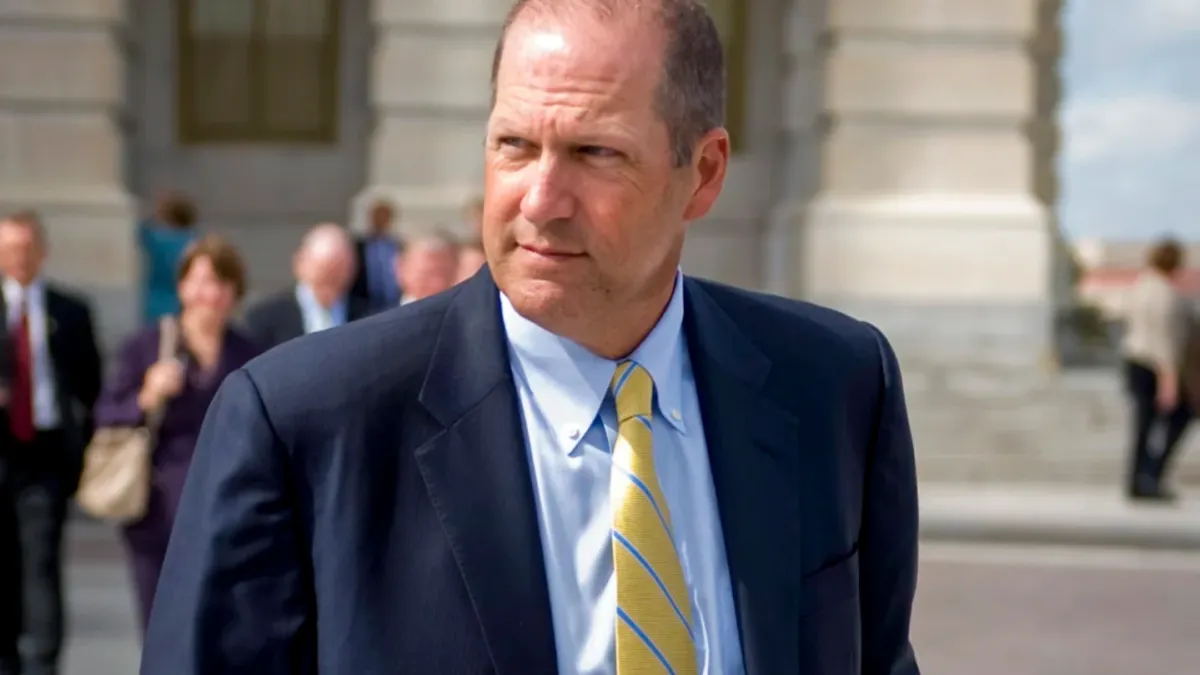Copyright The Boston Globe

“It’s hard to even put in words how shocked, dismayed, and betrayed we feel,” said Emily Norton, executive director of the Charles River Watershed Association, a nonprofit that aims to protect the watershed through science, advocacy, and the law. The trouble stems from an archaic system that sends both storm water and untreated sewage through the same pipe to a waste water treatment plant. Most days, that works just fine. But during and after a moderate or heavy rain, the pipes can get overwhelmed. So to avoid having sewage back up into people’s homes, the combined sewage and storm water is piped to outfalls such as rivers, streams and other waterways when necessary. The sewage overflows aren’t just a problem for the Charles River, as such systems can be found in older, industrial cities all around New England. Along the Merrimack River, from New Hampshire into Massachusetts, combined sewer overflows have been blamed for endangering drinking water for the 500,000 people in Lowell, Methuen, Andover, Tewksbury, and Lawrence. Record rainfall in 2023, for example, sent an estimated 1.5 billion gallons of untreated water, including sewage, into the Merrimack. In a 2024 study out of Boston University School of Public Health, researchers found that emergency room visits for gastrointestinal illnesses for people living along the Merrimack rose 62 percent after very large sewage discharges. And along the Charles last year, some 47.8 million gallons of sewage were released from 10 different outfalls, according to data from the Charles River Watershed Association. With each release, the river is considered unsafe for 48 hours. In 2023 and 2024, combined sewer overflows resulted in roughly four months of restricted recreation on the river, according to the association. The federal Environmental Protection Agency and advocates have been raising alarm bells about the issues in the Charles for years. In 1995, the EPA launched an initiative to have a fishable and swimmable Charles by 2005. It’s been a long road, paved with lawsuits between the federal regulators and the MWRA, ongoing river monitoring by advocacy organizations, and millions of dollars invested in remedying the problem. Yet some two decades past that target date, such halcyon days on the water are still the exception not the rule, and often require special permits depending on the area along the Charles. To fix the problem, the MWRA has been separating the system, building one set of pipes for the stuff that gets flushed down the toilet or sent down the sink, and another for storm water. It’s intensive, expensive work. In recent decades, the MWRA has spent over $900 million to eliminate nearly 90 percent of the CSOs in its service area. But there are still outfalls remaining, including several in the lower Charles River and in the Alewife Brook/Upper Mystic River Basin. At the meeting Wednesday, MWRA officials presented to the agency’s board of directors a plan for the future: addressing existing combined sewer overflows in a way that also prepares the river for the heavier rainfall expected from climate change. But it is the reclassification of the water quality for the Charles that has triggered blowback because that would allow for some discharges into the river. MWRA spokesperson Sean Navin noted that overall, the proposal would still reduce pollution flowing into the river. “The draft plan as presented reflects a responsible approach that balances potential environmental benefits with rate impacts to all MWRA customer communities,” he said. The reclassification seems subtle. Right now, the Charles River is a “class B” river, which technically means it has eliminated the release of untreated sewage and storm water. However, a special variance allows the releases to continue for a short term. The reclassification by the MWRA would change the status for the Charles to “class B (CSO),” which would explicitly allow for releases of sewage overflows. Norton called that nothing short of a betrayal. “People have gotten engaged next to the Charles. People paint next to the Charles. People grieve their lost loved ones next to the Charles. So we know viscerally how much people care about this river,” she said. “When they hear that there is still sewage being dumped in it, like it’s the 1700s and we don’t understand modern sanitary management, they’re shocked.” The most recent variances to state and federal environmental permits, issued in 2024, give the MWRA, Cambridge, and Somerville until the end of this year to evaluate options for addressing the discharges, up to and including eliminating their combined sewer overflows into the Charles. In a report to its board on Wednesday, the MWRA presented other options, including separating the sewer lines, using nature-based solutions that directs storm water into the ground instead of through overflow pipes, storage systems that can hold water for periods of time, and increasing the size of pumps and pipes. The newly proposed plan will be discussed again at an MWRA board meeting on Nov. 19 and would not be finalized until early 2027. Earlier this year, the Healey administration published a report that included biodiversity goals for the state — a series of priorities aimed at protecting and restoring ecosystems. Among those goals: to “significantly reduce or eliminate combined-sewer overflows.” The report noted pollution from sewage is only getting worse as the climate warms. Precipitation during the heaviest rain events increased by 55 percent between 1958 and 2016 in the region, according to the report. Those storms are expected to lead to an increase in combined sewer overflows in the future.



